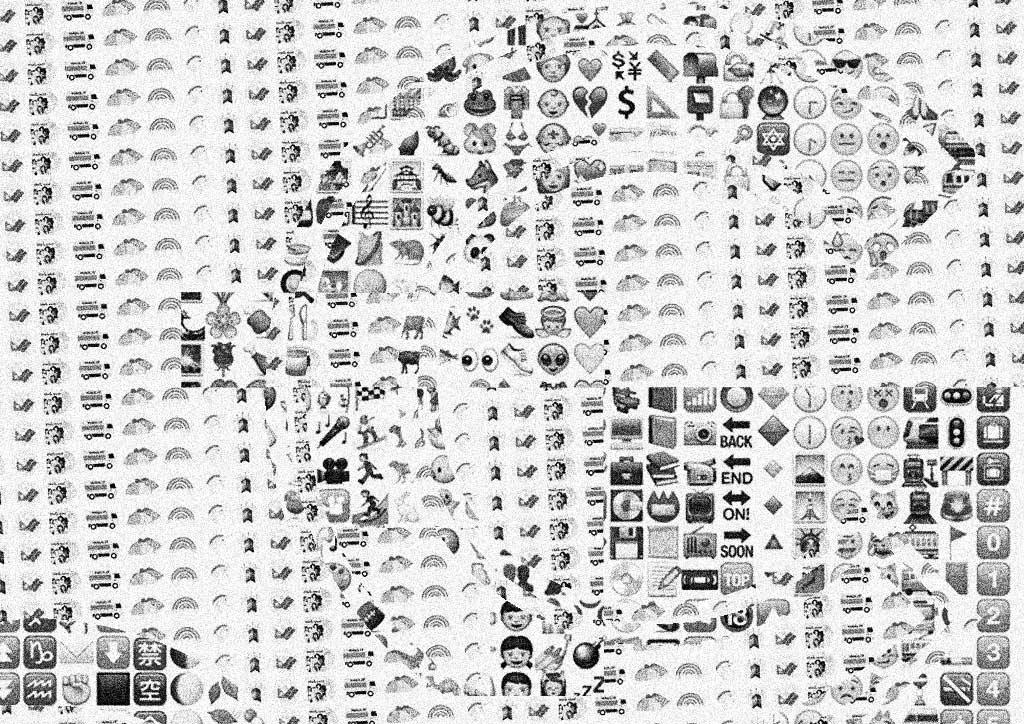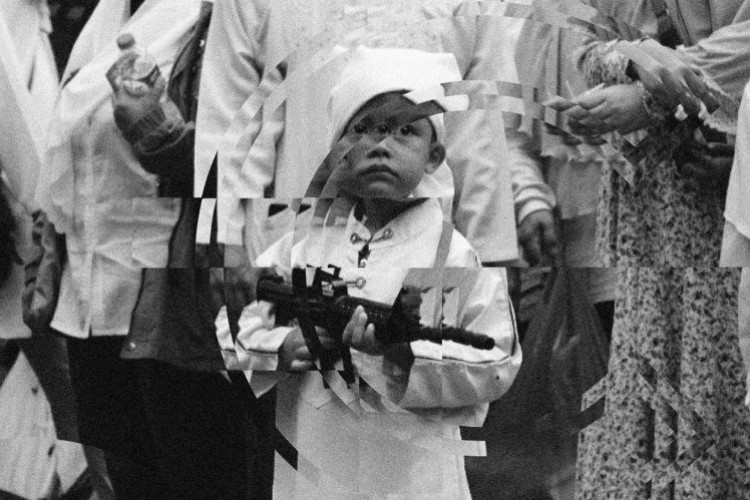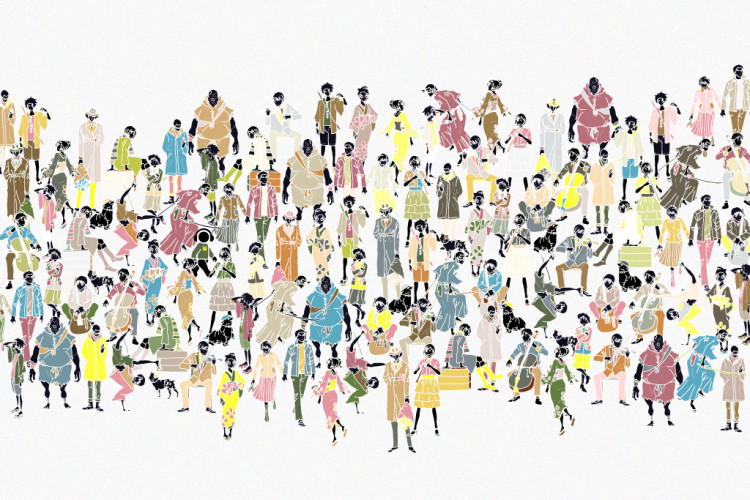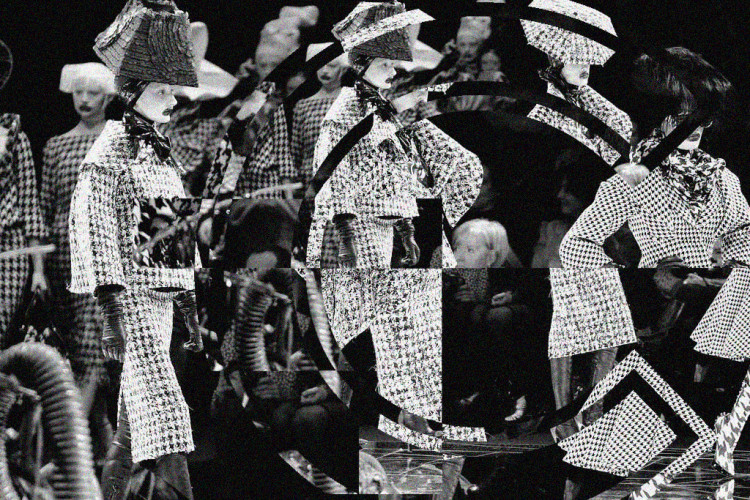
Remember when we discovered texting through, what is now, the cheapest deals you could get for second-hand mobile phones? I’m referring to the early-2000 generation of mobile phone series, where the feature of emojis has not been globally popularised. With text-based communication that can form layers of meaning, we started creating facial expressions using punctuations when texting to each other.
One of the challenges of text-based online communication lies in delivering nonverbal elements that play part to emotional and social cues in interacting with each other. With the development of technology for mobile devices, what was made from a colon, a dash, and a closed-bracket gradually evolved into a smiley-face emoticon, and now we have an array of ways to illustrate our expressions with familiarised emoticons.
Verbal words form communication, but its nonverbal elements such as tone of voice, body language, as well as facial expression are part of the context of the communication. In Nancy K. Baym’s book ‘Personal Connections in the Digital Age’, the academic refers to the contextualisation of social cues where, ‘All of these cues – contextual, visual, and auditory – are important to interpreting messages and creating a social context within which messages are meaningful.’ Today, with emoticons, emojis, and adorable-vectored stickers to add visual, social, as well as emotional cues in text-based interaction from personal messaging to updating social network statuses can form even more layers that may not only eliminate the absence of an ideal faceto-face interaction, but also to add, maybe even cover, actual meanings.
Emojis are a form of emoticons from facial expressions to visual icons, commonly used across online communication platforms from direct messages to social networks. When thoughts are difficult to be composed into words or simply you don’t prefer to furiously type ‘ARGH!!!’, these expressions could be made up from one to a row of emoji icons, and the rest is played by our part to interpret the writer’s meaning. However, the challenge isn’t exactly disregarded. Even with the existence of Emojipidia, a specific website on emoji meanings, you may still disagree to how you perceive them as each of its use differs to the way it is contextualised.
When it comes to social media for the Indonesian citizens, the “personal” mobile network Path is no stranger to the socially active tech-savvy smartphone users. Aside from its emphasis as – what it was known to be – a personal network, Path also holds its characteristic in illustrating responses. As Facebook and Instagram with likes, Twitter with retweets, and Tumblr with reblogs, Path allows individuals to express their reactions with facial emoticons of a smile, frown, laugh, gasp and a love or like. The range of expressions offered gives the opportunity for individuals to response closest to what they feel, allowing the willingness to express one’s feeling towards your status update or activity.
It seems that Path acknowledges the common absence of nonverbal cues particularly to facial expressions, as it attempts to form a complete experience in online communication. Yet, like any other forms of mediated communication, Path still holds the absence of contextualising communication as not all the reactions received are anticipated, but can also contradict expectations of reactions – “why are you sad to my excitement?” or “why are you laughing to my disappointment?”
These illustrative emoticons as a way to respond in Path is similar to using emoji icons in contextualising words. As summarised by Megan Garber in her article in The Atlantic entitled ‘What We Talk About When We Talk About the ‘Raised Hands’ Emoji’, ‘It depends on the person who typed it; it depends on the person who received it. It depends on the alchemy that combines the lines of text, and the curves of images, into that most basic and complicated of things: meaning.’
As we find the convenience of social interaction without the whole experience of face-to-face conversation, online communication platforms have found ways to create a thorough experience knowing its boundaries and absent elements in defining one’s meaning. Nonverbal cues that are not present in text-based online communication are not certainly replaced but there have been other elements that help supplement in order to cover the absence, from simple punctuations-combo to the common use of emoji icons and Path’s emoticons as responses. It may not certainly give what face-to-face interaction can offer entirely, but it does help in contextualising nonverbal cues if we are to prefer our way of communicating through a screen.
*Raised Hands emoji*











